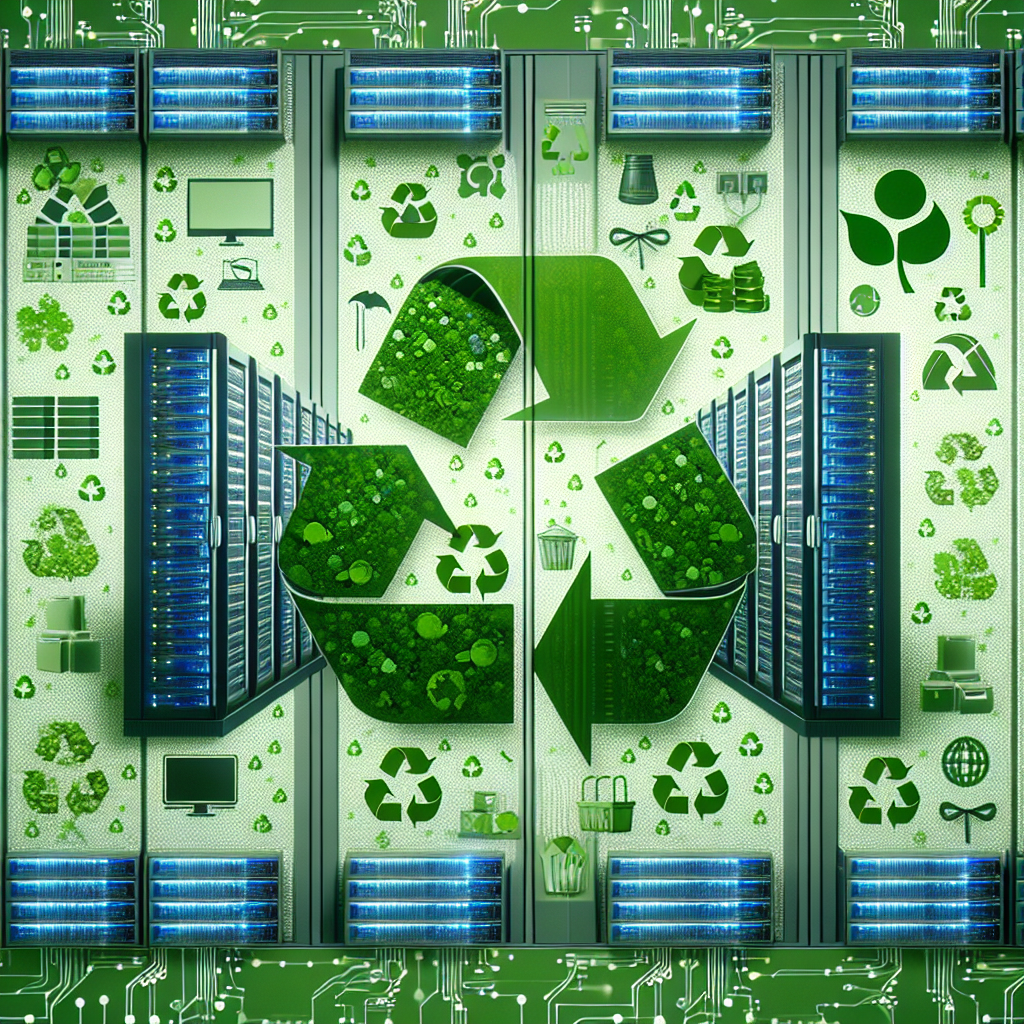Blog Ecobraz Eigre

Big Data and recycling: how smart data makes environmental management more effective
The use of Big Data in recycling is revolutionizing environmental management, offering intelligent solutions that optimize the collection, sorting and reuse of waste. By analyzing large volumes of data, it is possible to identify patterns, predict demands and improve the efficiency of processes, contributing to a more sustainable planet.
Understanding the role of Big Data in recycling
Big Data refers to the set of technologies and methods that enable the collection, storage and analysis of large volumes of data, often in real time. In the context of recycling, this data can include information from sensors at collection points, meteorological data, consumption habits and even population movements. This mass of data provides valuable insights for more precise and effective decision-making.
Optimizing collection and sorting processes
One of the main applications of Big Data in recycling is in optimizing collection logistics. By analyzing historical and real-time data, such as volumes of waste generated by region and peak production times, it is possible to plan more efficient routes for collection vehicles, reducing costs and carbon emissions. In addition, Big Data enables remote and automated monitoring of disposal points, facilitating maintenance and preventing containers from overflowing.
In the sorting of recyclable materials, Big Data can integrate information from technologies such as sensors, computer vision and artificial intelligence to identify and separate specific types of waste with greater precision and speed, increasing the quality of the recycled material and reducing the need to dispose of contaminated waste.
Environmental forecasting and planning with intelligent data
With predictive analysis, Big Data makes it possible to anticipate demands and trends related to waste generation. This helps environmental managers to plan educational campaigns, investments in infrastructure and public recycling policies that are more in line with the real needs of the population.
In addition, cross-referencing environmental data, such as weather conditions and seasonal events, helps to adapt recycling processes to periods of higher waste production, avoiding bottlenecks and waste.
Innovation and sustainability through technological integration
The use of Big Data in recycling encourages innovation by encouraging the development of integrated platforms that connect citizens, collection points, sorting centers and regulatory bodies. These platforms allow information to be exchanged in real time, improving transparency and collaboration between those involved in the recycling chain.
This technological environment also favours the circular economy, where recycled materials return to the production process more effectively, reducing the consumption of natural resources and minimizing environmental impacts.
Challenges and future prospects
Despite the obvious advantages, implementing Big Data solutions in recycling faces challenges such as the need for adequate technological infrastructure, investment in team training and ensuring the quality and security of the data collected. In addition, it is essential to involve the population in raising awareness of the role of data for the success of these initiatives.
The future points to an expansion of technologies based on intelligent data, with the expanded use of IoT sensors, advanced artificial intelligence and greater integration between devices, making environmental management even more effective and sustainable.
In short, Big Data represents a powerful tool for transforming recycling into a more efficient, intelligent process that is aligned with the environmental needs of the 21st century.

Deixe um comentário
O seu endereço de e-mail não será publicado. Campos obrigatórios são marcados com *